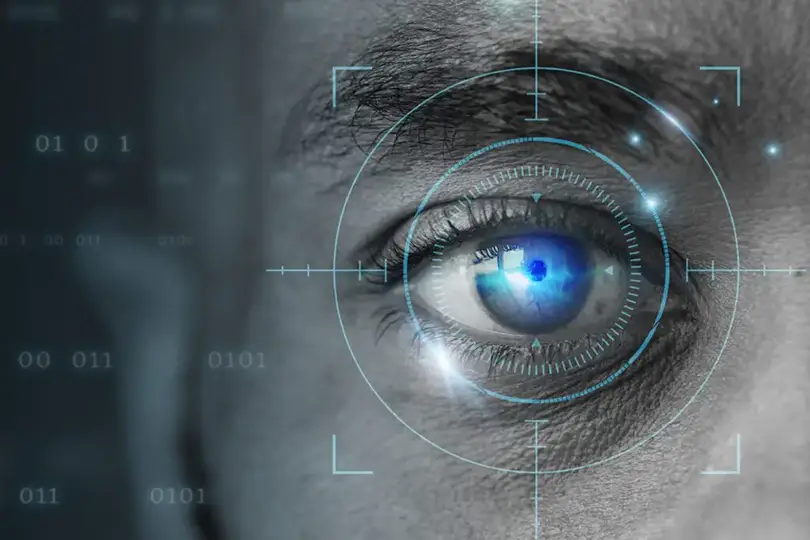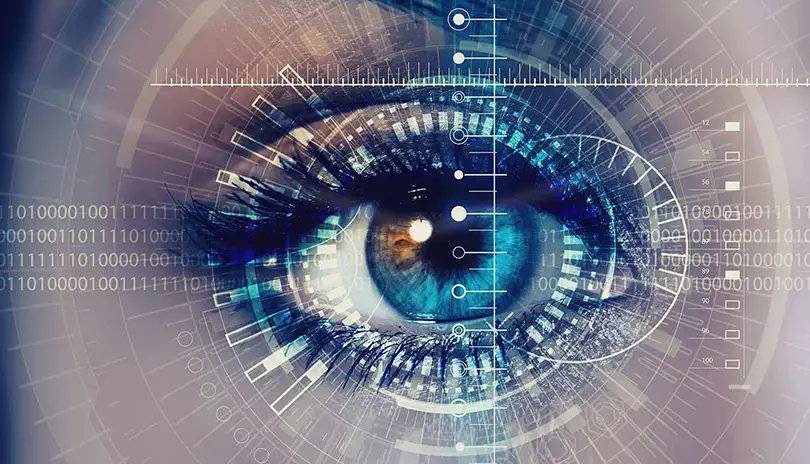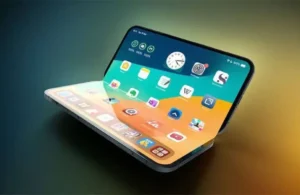In the coming months, the U.S. Immigration and Customs Enforcement (ICE) plans to take a step that could change the approach to identifying people not only at the borders, but also in everyday life. It is about the introduction of an iris recognition biometric system.
The technology ICE intends to use can identify a person literally in seconds, not only with specialized equipment but also with the camera of an ordinary smartphone. Already today it is sparking heated discussions: where is the line between public safety and the right to personal freedom?

What is known about the new technology?
ICE plans to purchase licenses for products from Bi2 Technologies, a company specializing in biometric solutions. Two systems are in the spotlight:
- I.R.I.S. (Inmate Recognition and Identification System) — a large-scale platform for population identification by iris. It was originally developed for use in law enforcement and prisons, but now its application could go far beyond the penitentiary system.
- MORIS (Mobile Offender Recognition and Information System) — a mobile application that turns an ordinary phone into a biometric control tool. With this program, any ICE officer can check a person’s identity in seconds by simply pointing the smartphone camera at their face or eyes.
In fact, this means that border guards and ICE agents will have the ability to instantly check any person against databases that include names of suspects, illegal migrants, and wanted individuals.
Why the iris?
The iris of the eye is one of the most reliable biometric identifiers. Each person’s iris is unique, like fingerprints, but it changes extremely rarely and is almost impossible to forge.
Compared to other biometric technologies, the iris has several key advantages:
- High accuracy: the probability of identification error is minimal.
- Speed: the process takes seconds and requires no physical contact.
- Convenience: a high-resolution camera is sufficient, which makes it possible to use the technology even on a smartphone.
For ICE, this means instant access to biometric data in real time. But this very ease and scale of application is what raises serious concerns among experts and human rights advocates.
Possible use cases
At first glance, the introduction of the technology seems like a logical step amid growing migration flows and the need for quick control. Potential use cases include:
- At U.S. borders — checking travelers upon entry or exit.
- In airports and seaports — instant identification of passengers.
- On the streets and during document checks — the MORIS app could make biometric control part of ICE’s everyday work.
- In migrant detention centers — to prevent errors in registration and record keeping.
Thus, ICE would gain a powerful tool that speeds up the verification process and reduces the risk of mistakes. But along with this comes the flip side — mass surveillance.

Debates about the boundaries of freedom
Critics of the new system note that iris biometrics in the hands of the state opens wide opportunities for surveillance. If the technology becomes widespread, any U.S. resident could end up under constant monitoring without even realizing it.
The main concerns are linked to:
- Privacy — biometric databases will contain sensitive information about millions of people.
- Mass surveillance — if ICE officers’ smartphones can instantly identify any passerby, this could lead to “total scanning” of society.
- Risk of errors — even with high accuracy, there remains a chance of failures, which may result in detentions and legal issues for innocent people.
- Abuse — if access to the system is extended to contractors, this creates additional risks of leaks and unauthorized use of data.
International context
It should be noted that the U.S. is not the first country to introduce iris biometrics at the state level.
- In India, the Aadhaar system collects biometric data of more than a billion people and is used to access public services.
- In some Middle Eastern countries, iris recognition is applied to control the entry and exit of migrant workers.
- In Europe, projects are being discussed to integrate biometric identification into the Schengen system.
However, in the U.S. the debate is particularly sharp: the country traditionally balances between the interests of national security and the protection of civil liberties.
What does ICE say?
ICE officials emphasize that the new system will be used solely to enhance security and speed up agents’ work. According to them, this is not about total control over society, but about creating a tool for effective management of migration flows.
They assure that:
- data will be stored in secure systems;
- the use of technology will be regulated by law;
- only authorized personnel will have access.
Skeptics, however, remind us that history knows many examples where promises of limited use of technology eventually turned into mass practice.

Public and human rights reaction
Human rights organizations have already protested against ICE’s plans. In their view, such systems endanger constitutional rights and may lead to a “Big Brother” effect.
The American Civil Liberties Union (ACLU) commented that the technology creates a foundation for “mass surveillance without warrants or judicial oversight.”
Social media is buzzing with scenarios in which the iris becomes a new “passport” for every person — without the possibility to opt out. Public demand for transparency is growing: who will have access to this data, and how will it be used?
Technology of the future or a trap?
Today we stand at the threshold of a new era of biometrics. Iris scanning is not just a tool of identification, but a potential foundation for building a digital society where every person is recognized instantly and flawlessly.
The question is whether society is ready to entrust the state with such a level of control. On the one hand, it promises safety, less bureaucracy, and convenience. On the other — the risks of losing anonymity and privacy are becoming increasingly real.
What’s next?
ICE has not yet disclosed exact timelines for the rollout of the system, but the purchase of licenses from Bi2 Technologies has already been confirmed. Experts believe that within the next two years, the MORIS mobile app and the I.R.I.S. system could become standard tools for agents.
This means that very soon we may witness another round of technological transformation of society. And how the rules of the game will be set — laws, oversight by independent bodies, transparency of procedures — will determine whether the new biometrics become a step toward safety or toward total surveillance.
Conclusion
The story of ICE introducing iris recognition technology is a vivid example of how sharp debates arise at the intersection of safety and freedom.
Will this system become an effective tool to combat illegal migration and crime, or will it lead to mass surveillance of every citizen? The answer to this question remains open. One thing is clear: the era of biometric identification has already begun, and avoiding it will be impossible.















